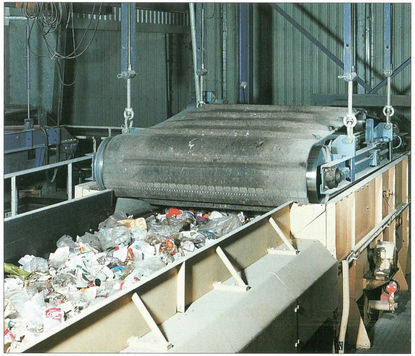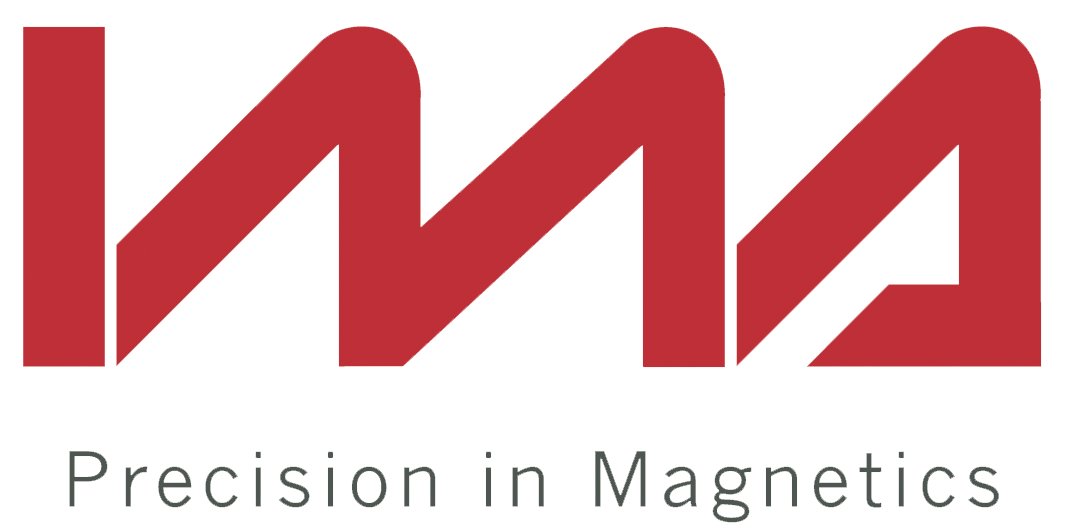The connection between magnetism and electricity
Magnetism and electricity are two powerful forces that are closely related to each other. Both forces can be understood through the concepts of electric charge and magnetic field, which are the basis of their interconnection.
Magnetism refers to the force that allows attraction and repulsion between magnetic objects. A magnetic field is generated when an object has a magnetic charge, which means that it has a north and a south pole. If an electric charge is moved in the magnetic field, it will experience a magnetic force, which can be attractive or repulsive depending on the direction of the charge and the direction of the magnetic field.
The connection between magnetism and electricity
The connection between magnetism and electricity is known as electromagnetism. When an electric current flows through a conductor, a magnetic field is created around the conductor. This magnetic field can be used to make magnetic objects move.
For example, electric motors use electromagnetism to turn a shaft. The magnetic field generated by the electric current causes a piece of metal to rotate around a magnet, converting electrical energy into mechanical energy.
In turn, a varying magnetic field can also generate an electric current. This phenomenon is known as electromagnetic induction. When a conductor moves through a magnetic field, an electric current is generated in the conductor.
This is the principle behind electrical generators, which convert mechanical energy into electrical energy. Electric generators use an energy source, such as steam, to spin a magnet in a magnetic field, thus generating an electric current.
The connection between magnetism and electricity also has important applications in modern technology. For example, magnetic levitation technology uses magnetic fields to levitate objects. This is achieved by creating opposing magnetic fields that counteract the force of gravity. This technology is used in magnetic levitation trains, which can travel at extremely high speeds without making contact with the track. The interconnection between these forces has important applications in modern technology and has enabled the development of devices such as electric motors, electric generators, and magnetic levitation technology.
Neodymium magnets are the most sought-after magnets
Neodymium magnets are the most sought-after for their magnetic properties, this magnet is part of the group of permanent magnets. This type of magnet is made of an alloy of neodymium, iron, and boron. It is the strongest permanent magnet, which makes it particularly attractive for all kinds of industrial applications and that is why it is the most widely used.
Neodymium magnets have a high magnet attraction capacity to magnetic materials, which is greater than other magnets proportionally to their small dimensions. These powerful magnets have an attraction power 8 times higher than ferrite magnets. Neodymium magnets are usually coated with nickel for use in damp places.
Types of neodymium magnets
There are two types of neodymium magnets: sintered and bonded:
- Sintered neodymium magnets: these magnets can be magnetised in any direction. They also have a high resistance to demagnetisation and a good coercive force. On the other hand, they can be molded into various shapes such as blocks, discs, spheres, rings, segments, and special geometry. This type of neodymium magnet has a high cost and low precision when creating magnetic elements
- Bonded neodymium magnets: Unlike sintered neodymium magnets, these can be created at once without the need for a second process. They also can be converted into different shapes. Thanks to the ability to adapt different shapes, this magnet can be adapted to any application regardless of the complexity of the place where you want to place it.
Neodymium magnets have high resistance, i.e. they have a high capacity to retain magnetism in the element. They also have a high coercivity, in other words, the intensity of the magnetic field.
In our daily life, we can find them in many sectors, but the most important ones are the technology and automotive sectors.
Neodymium magnets, thanks to their excellent magnetic properties and durability, are still one of the most sought-after materials among manufacturers of cordless hand tools, pressure motors, electric power steering, and loudspeakers. However, the starting material for these magnets is manufactured exclusively in China. For this reason, many companies producing these magnets have recently faced price increases worldwide. The neodymium magnet is on the rise, as market demand is increasing.
The importance of strong magnets in the recycling industry
The importance of strong magnets in the recycling sector as in other sectors is very important. Magnetism has long been used in electrical engineering. Every electric motor works with a magnetic field. However, one sector where the benefits and effectiveness of a magnet are increasingly being used is recycling.
Recycling on an industrial level is a process that consists of converting materials that have already been used into new ones with the same or different uses. Depending on the material we want to recycle, its composition, and its origin, we can obtain various types of industrial recycling. Industrial recycling is very important in our daily life, as it reduces the production of toxic materials for our planet.
Industrial recycling with the presence of magnets helps us to reduce raw material costs by giving products a second chance. Consequently, we do not have to invest as much in new products. If we look at it from an environmental point of view, we minimize CO2 emissions during the manufacturing process and reduce them.
In addition, industrial recycling leads to energy savings of up to 25%. The main advantage of industrial recycling is to reduce costs.
Magnet applications in the recycling sector
Magnets in the recycling sector are different product remnants that are no longer useful and are very difficult to recycle if they have magnetic elements inside them. In the recycling sector, the use of magnetic discs is becoming more and more common.
In general, we can find classic steel and stainless steel; the latter is less magnetic than ferritic steel so a ferrite magnet for example reacts better with classic steel.
In the recycling industry, various types of magnets are used depending on the intended application. Often, the most commonly used is the electromagnet, as it can be switched on and off. Also, at the first loading points of recycling where the first sorting of the waste takes place, we can find load-lifting magnets.
Normally, strong magnets such as neodymium magnets are needed in recycling chains. Whether in the form of magnetic discs, magnetic rollers, or magnetic drums. The magnets can be made by manufacturers to meet the specific requirements exactly as specified by the customer.
Thus, we come to an essential point of the magnet industry and the possible fields of application. After the discovery of magnetism, the application of its technology and its possible uses have advanced. Especially in the recycling sector, the magnet industry is facing increasing challenges.











